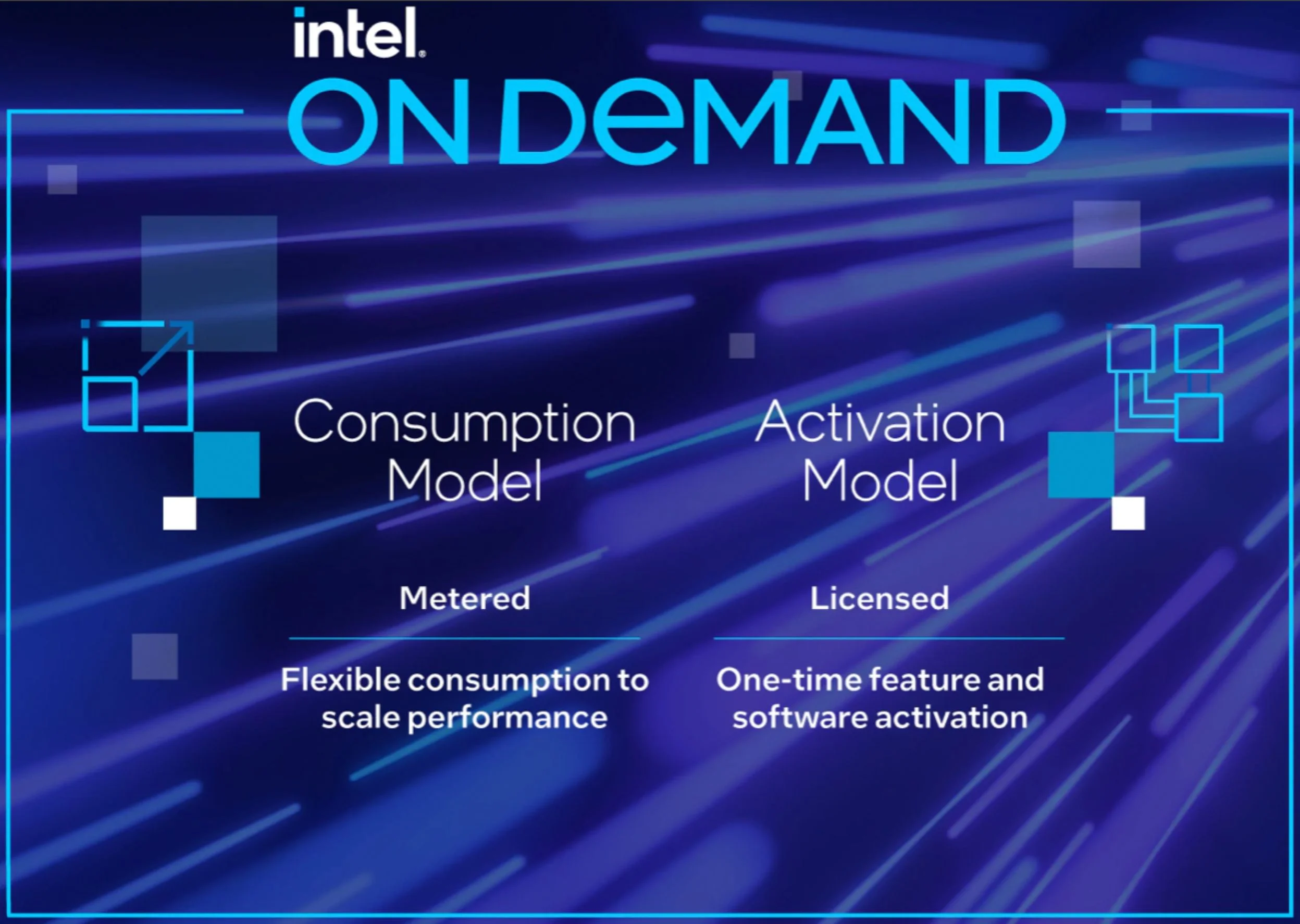To elaborate further, Intel’s 4th generation Xeon Scalable Sapphire Rapids CPUs will be equipped with a multitude of features, including special-purpose accelerators and security technologies. But while these features are present, not all will be enabled out of the box. Hence, Intel’s On Demand program. To put it in another way, the program can be categorised into two models: a Consumption Model for flexibility and the one that the chipmaker is hoping its customers will choose; and an activation model, where customers simply pay a one-off fee for the feature and accompanying software to be activated. Intel’s logic behind its On Demand program is that not all of its clients require all the features to be active at the same time, and this essentially gives them the ability to choose which parts it wishes to activate, either to be used on the premises or offer them remotely as a service. As for the technologies being offered, they include Software Guard Extensions, Quick Assist Technology, Dynamic Load Balancer, Data Streaming Accelerator, In-Memory Analytics Accelerator, and Data Streaming Accelerator. Some of you are probably wondering if Intel plans on carrying its On Demand platform over to future products in its consumer segment, which could trigger flashbacks to the short-lived and disastrous Intel Upgrade Service. The good news is that, at this point in time, the pay-as-you-go service is limited to and reserved for its Xeon and server platforms. But there is one other problem with this news too. As reported by Tom’s Hardware, Intel did not state how much it plans on charging its On Demand clients for each feature activation, nor did it state how many participating clients it actually has, too. So far, the companies that are onboard with the program are H3C, HPE, Inspur, Lenovo, and Supermicro, to name a few. (Source: Tom’s Hardware, Videocardz)

